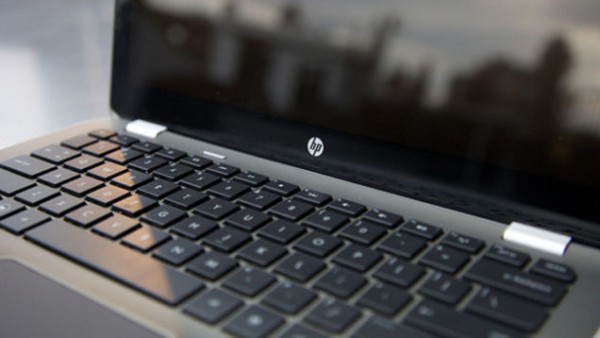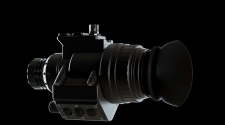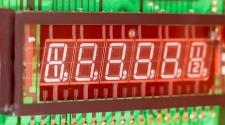One of the greatest issues confronting the improvement of quantum machines tomorrow’s supercomputers focused around the weird standards of quantum physical science is continuing everything cool.
Hardware make high temperature, keeping in mind your portable computer and cell phone can utilize fans or hotness retaining water tanks, those simply won’t cut it for quantum processing, which will exploit the characteristics of quantum mechanics to make machines that compute at crazy paces.

“When you begin to make gadgets more diminutive and denser, not just are you making substantially more hotness in the same measure of volume, yet its much harder for the high temperature to stream outward,” says Peter Nalbach, a hypothetical physicist at the University of Hamburg, Germany.
At this stage, our initial endeavors at quantum machines must be kept at a temperature scarcely floating over the madly frosty, dead-stop of outright zero. In case you’re attempting to create a huge scale quantum machine, Nalbach, says, “at a certain point, you’ll need to energetically transport hotness out of the spot where its made,” Until now, specialists had no clue precisely how to do this.
Be that as it may Nalbach and his associates have quite recently distributed the schematics of a system to exclusively target and cool the physical building pieces of tomorrow’s quantum machines.
In their blueprint, as of late distributed in the material science diary Physical Review Letters, the physicists indicate how they can split the temperature of individual quantum spots nano-sized bits of gem that are right now being explored as qubits for quantum machines.
Twist Cooling
Here’s the manner by which the nano-cooler outline meets expectations: Jochen Brüggemann, a physicist with the group, says you can think about the quantum speck gem “kind of like a little island, which can briefly trap an electron.” The physicists sandwich their quantum dab between two minor electromagnetic prongs.
To cool that quantum dab, they first deliver an electrical present between the two prongs, making a short pathway for electrons to bounce from one prong to the next. Furthermore as electrons go with the present, a portion of the electrons will stop and chill that quantum spot island on the way.
Ordinarily, Brüggemann says, this would really hotness up the quantum dab (by sticking up that island with vivacious electrons). Be that as it may the physicists do something unpredictable, by exploiting a quantum mechanical property called twist.
Think about every electron as a little turning ball; in straightforward terms, the twist of every electron is simply the bearing its pivoting.
The physicists enrapture their prongs in such a path, to the point that one of them—the prong creating the electrons—for the most part delivers electrons that turn upward, while the other—the prong snatching the electrons on the other side—generally will acknowledge just electrons spinning upwards.
A portion of the up-turning electrons will get stuck on that quantum speck island, and in view of the attractive current, they truly need to clear out. In any case to do along these lines, the electrons need to physically change their twist to match the end prong. Changing twist is conceivable, yet its a vitality concentrated task.
Furthermore this is the way the cooling happens: These castaway electrons will obtain vitality from surrounding vibrating development of the quantum dab (the quantum speck’s temperature, basically) and use it to flip their turn so they can and pass on through to the next side.
As indicated by Brüggemann, this consistent stream of twist flipping electrons constantly cools the quantum spot by to a large portion of its encompassing temperature.
Applying the Design
While Brüggemann and Nalbach are amped up for this new technique for cooling, they’re snappy to temper the likelihood that we may see their configuration serving to deliver quantum machines within a brief period of time. Since numerous outlines for quantum machines are even now being created, its tricky to say how well this schematic would work with the future engineering.
“Despite the fact that we’re presently seeing a ton of other [experimental] work with twist spellbound electrons, and that makes it more probable we could adjust this kind of cooling.”
Furthermore, Brüggemann says, in light of the fact that he and his associates have yet to bulid or test their configuration in the research facility, its extremely hard to evaluate how proficient their cooling system would be in practice. “Also everything descends to proficiency,” Nalbach says.
















